
Roots
There is a quiet strength held within each coil, each curl, each strand of textured hair. It carries whispers of generations past, silent histories of resilience and adaptation across continents. For centuries, across sun-drenched plains, through verdant forests, and along ancient trade routes, various communities turned to the gifts of the earth. They found substances in nature that understood the intricate needs of hair that danced with its own rhythm.
Oils, simple yet potent, rose to a central place in these ancestral ways of tending to hair. These golden liquids, pressed from seeds, nuts, and fruits, became far more than cosmetic aids; they became keepers of health, agents of protection, and tangible connections to identity. They shaped traditions that moved through time, carrying deep knowledge of hair’s very structure and its vibrant place in human experience.
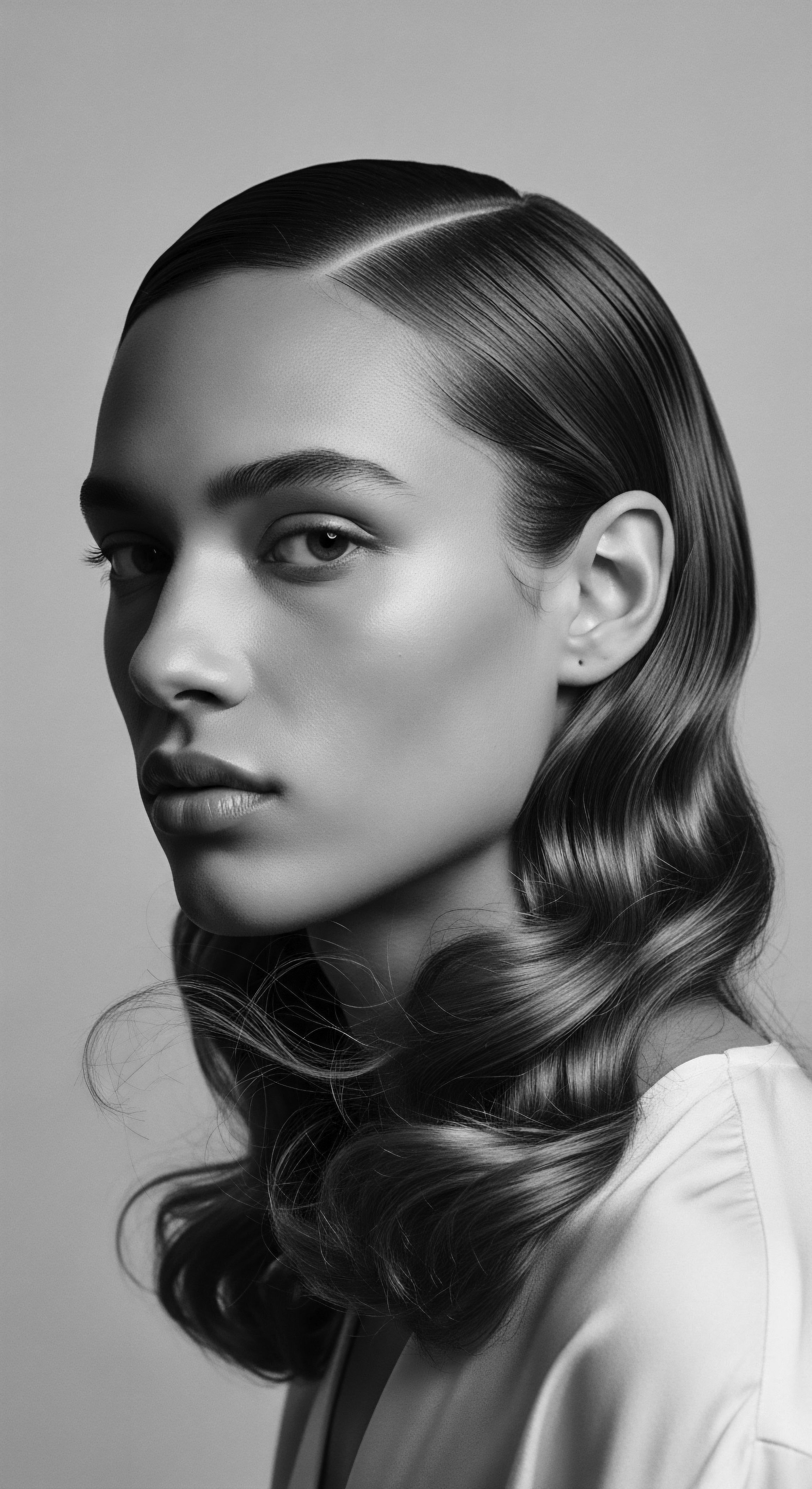
Hair’s Architecture ❉ An Ancestral Understanding
The unique structure of textured hair calls for specific care. Unlike straight strands, which allow natural scalp oils to travel downward with relative ease, the twists and turns of coiled hair present a different challenge for sebum distribution. This morphology means moisture often needs external assistance to reach the full length of the strand. From an early vantage point, communities observed this need.
They learned which elements from their surroundings could best address it. Hair itself, an appendage projecting from the skin, consists of three main parts ❉ the cuticle , the cortex , and the medulla . The outermost cuticle layer protects the hair’s inner structure. Textured hair sometimes has fewer cuticle layers compared to other hair types, which can leave it more prone to damage. Knowing this, ancient practitioners intuitively sought out substances that would smooth and seal these protective scales.
The cortex, making up the bulk of hair’s mass, holds its color, strength, and elasticity. The innermost medulla, a soft, spongy center, may or may not be present. Oils, with their various molecular compositions, interacted with these layers.
They provided external hydration and assisted in maintaining the hair’s integrity against environmental stressors. This understanding, though not articulated in modern scientific terms, guided the selection and application of specific historical oils.
Ancient wisdom, passed through generations, recognized the unique requirements of textured hair, leading to the selection of natural oils for its preservation and care.
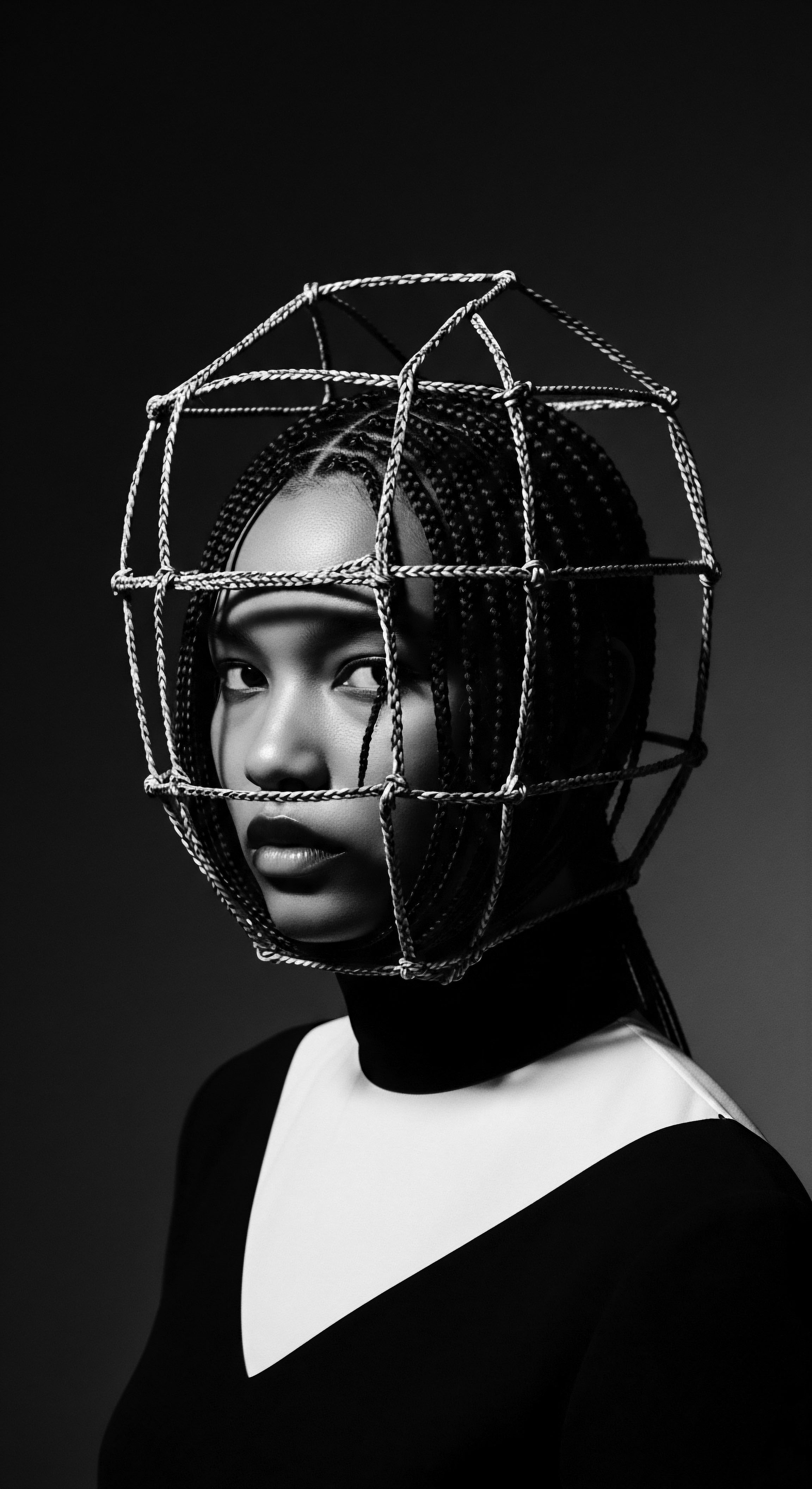
Origins of Oiling ❉ Ancient Practices Across Lands
The practice of oiling hair is not confined to one geography; it spans the globe, reflecting diverse ecosystems and cultural expressions. In pre-colonial Africa , natural oils from locally abundant plants became cornerstones of hair care. Women utilized what their environment offered, creating routines that kept hair vibrant in varied climates. Shea butter , derived from the nuts of the shea tree, was a widely used product across West Africa.
Its rich fatty acid profile made it exceptional for moisturizing and sealing hair, crucial for maintaining length and preventing breakage. Communities also turned to coconut oil in regions where it thrived, prized for its ability to penetrate the hair shaft, providing deep conditioning. In North Africa and the Middle East, argan oil and olive oil offered similar benefits, known for their nourishing and protective qualities.
Across the Americas , indigenous communities also worked with their local flora and fauna. Native American tribes used oils and fats from animals like bear grease , raccoon fat , and deer marrow . These provided protection, added shine, and helped manage hair. They also utilized botanical remedies.
Jojoba oil , a liquid wax ester from the Simmondsia chinensis plant, was a cherished resource among indigenous American cultures for scalp care and moisturization. In Central America, batana oil , pressed from the American oil palm, served a similar role, prized for its ability to strengthen and support overall scalp health.
Even in ancient Egypt , texts like the Ebers Papyrus reveal the use of oils for hair. Recipes detail animal and vegetable fats mixed with other ingredients to promote hair health and address concerns like hair loss. These early applications speak to a global, ancient recognition of oils’ benefits for human hair.
A look at some foundational historical oils and their uses:
- Shea Butter ❉ A staple in West African communities, it offered deep moisture and sealing properties, protecting hair from the dry climate.
- Coconut Oil ❉ Used in coastal African and Asian communities, it provided deep conditioning due to its ability to enter the hair shaft.
- Argan Oil ❉ From North Africa, it was valued for its restorative qualities, helping to soften and strengthen hair.
- Bear Grease ❉ Utilized by some Native American tribes, it served as a styling pomade and a protectant, lending shine.
- Jojoba Oil ❉ Sourced by indigenous American cultures, it mimicked natural sebum, providing effective moisturization and scalp balance.

What Did Early Peoples Understand about Hair’s Protection?
Early communities, lacking microscopes and chemical analysis tools, developed an understanding of hair’s needs through observation and inherited wisdom. They perceived dryness, breakage, and dullness. They recognized that certain natural substances could counter these conditions. Oils, applied regularly, visibly smoothed the hair shaft, reduced tangles, and imparted a healthy gleam.
This practical observation led to the widespread application of oils for hair preservation. The environmental context also played a role. In arid regions, oils offered a barrier against drying winds and sun. In humid areas, they might have aided in moisture retention and frizz reduction. The inherent properties of these lipids—their ability to coat, lubricate, and sometimes penetrate—provided a tangible improvement to hair quality, making it more resilient for daily life and complex styling.
| Historical Oil/Fat Shea Butter |
| Region of Prominence West Africa |
| Observed Hair Benefit (Traditional Understanding) Softening, preventing dryness, aiding manageability. |
| Historical Oil/Fat Coconut Oil |
| Region of Prominence Coastal Africa, Asia |
| Observed Hair Benefit (Traditional Understanding) Moisturizing, strengthening, adding luster. |
| Historical Oil/Fat Bear Grease |
| Region of Prominence Indigenous Americas |
| Observed Hair Benefit (Traditional Understanding) Styling, adding shine, protecting. |
| Historical Oil/Fat Otjize (butterfat, ochre) |
| Region of Prominence Himba, Namibia |
| Observed Hair Benefit (Traditional Understanding) Sun protection, insect repellent, styling, hygiene. |
| Historical Oil/Fat Castor Oil |
| Region of Prominence Africa, India |
| Observed Hair Benefit (Traditional Understanding) Promoting growth, sealing in moisture. |
| Historical Oil/Fat These ancestral observations formed the basis of enduring hair care traditions, linking natural resources to practical hair health. |

Ritual
Hair styling, in many ancient societies, transcended simple aesthetics. It became a profound expression of cultural identity , a visual language spoken through braids, twists, and sculpted forms. Oils stood as silent partners in these creations, agents that made the ambitious designs possible and helped them last. The act of preparing hair with oils, whether for daily wear or ceremonial adornment, often involved communal hands, forging bonds and passing down expertise from elder to youth.
These were not solitary acts but shared experiences, deeply embedded in the fabric of social life. From the detailed coiling of locks to the precise parting of cornrows, oils provided the glide, the hold, and the very preservation that allowed hair art to flourish.
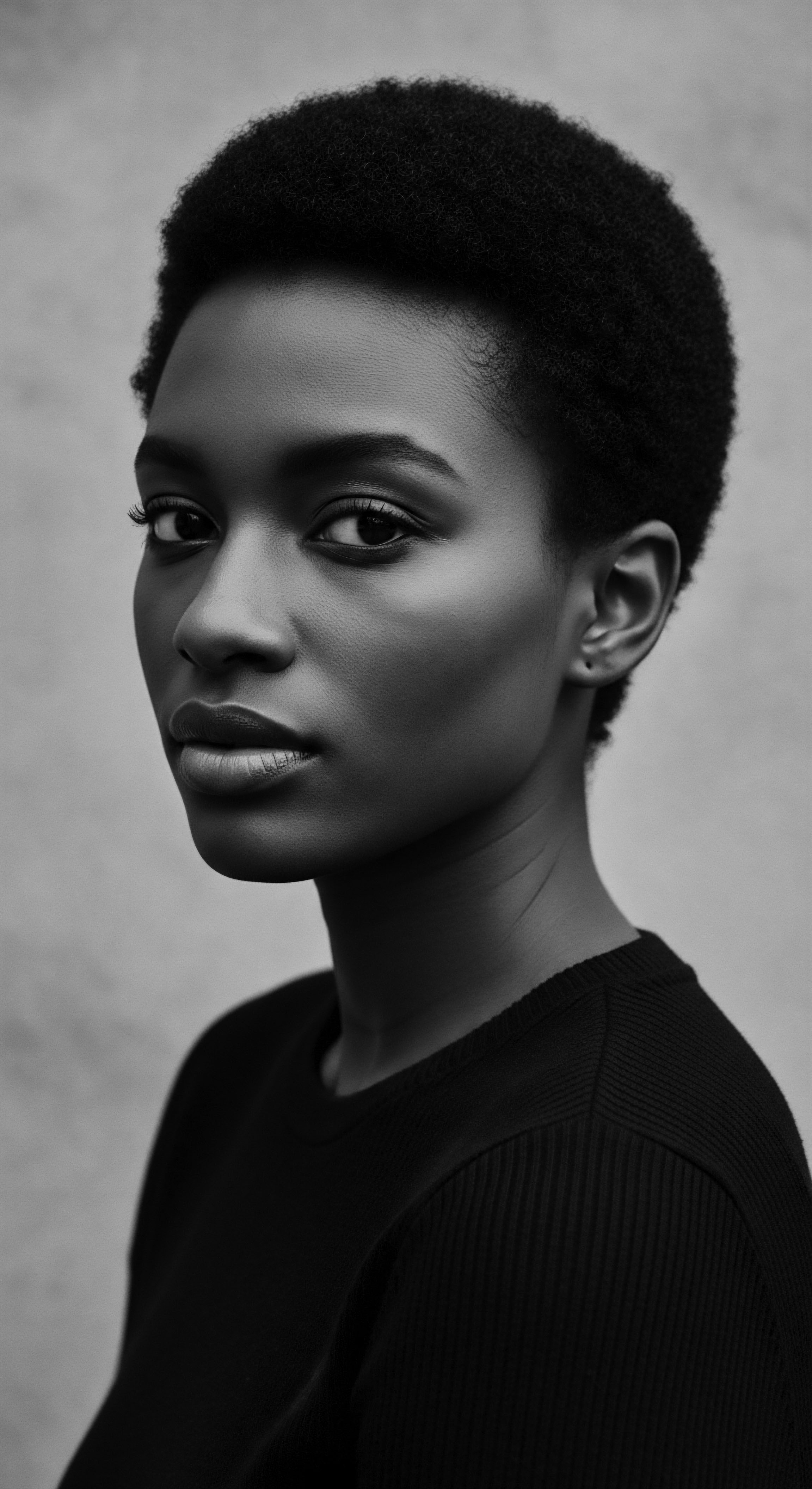
Oils as Styling Mediums and Preservatives
The texture of hair, with its inherent coil and spring, lends itself to intricate styling. Without proper lubrication, however, hair can be prone to tangles and breakage during manipulation. Historical oils served as crucial emollients, softening the hair strands and providing the necessary slip for complex braiding and twisting. Think of the artistry involved in creating styles like Bantu knots , cornrows , or Dreads ; these required hair that was pliable and protected.
Oils like shea butter or palm oil offered a rich, conditioning base that allowed fingers to move smoothly through the hair, minimizing friction and subsequent damage. They helped to set styles, lending a certain hold without rigidity, maintaining the desired shape for extended periods.
For example, the Himba women of Namibia are renowned for their use of otjize , a paste made from butterfat, red ochre, and aromatic resins. This substance is meticulously applied to their hair, which is styled into intricate plaits lengthened with goat hair. The otjize serves a dual purpose. It styles the hair, creating distinct, symbolic forms that communicate age and social status.
At the same time, it preserves the hair and scalp, shielding them from the intense desert sun and acting as an insect repellent. This practice powerfully illustrates how historical oils were not only about creating beauty but also about maintaining health and signaling identity within a harsh environment.
The application of oils transformed hair into a pliable medium for art, allowing for elaborate styles that conveyed status and cultural belonging.

How Did Oils Influence Traditional Styling Tools?
The tools of hair care in traditional societies were often simple ❉ combs made from wood, bone, or even fish bones, and nimble fingers. Oils greatly enhanced the effectiveness of these tools. A well-oiled scalp and hair made detangling less painful and more efficient, reducing hair loss during combing. The lubrication allowed combs to glide through hair that might otherwise snag and break.
For creating tightly drawn styles like cornrows, oil smoothed the hair down, allowing for clean, precise lines. In cases where hair was stretched or coiled, oils helped maintain the elasticity of the strands, preventing snap-back and ensuring the style held its form. Without oils, many of the detailed, long-lasting protective styles that stand as hallmarks of textured hair heritage would have been far more difficult, if not impossible, to achieve and maintain.
Traditional styling techniques often augmented by oils:
- Braiding ❉ From cornrows to box braids, oils provided lubrication for easier parting and plaiting, reducing friction and breakage during the process.
- Twisting ❉ For two-strand twists or coils, oils aided in defining the curl pattern and providing moisture, contributing to a smoother, more defined finish.
- Sculpting with Clay/Paste ❉ As with the Himba’s otjize, oils acted as binders and softeners, making the hair malleable enough to be shaped into complex, symbolic forms.
The communal aspect of these hair care sessions warrants specific mention. In many African cultures, hair braiding and oiling were, and remain, shared experiences. Women gathered, often for hours or days, to tend to each other’s hair. These were moments for storytelling, for sharing wisdom, and for strengthening social bonds.
The oil itself became a physical component of this intergenerational transfer of knowledge. Hands anointed with shea butter or coconut oil gently worked through strands, teaching younger generations the correct tension, the proper technique, and the cultural significance of each style. This communal ritual ensured the survival of these hair traditions, adapting them as needed, but always holding onto their core values of care and connection.
| Cultural Context West African Braiding Traditions |
| Primary Oil(s) Used Shea butter, Coconut oil |
| Styling Role Facilitating intricate braids, maintaining moisture in protective styles. |
| Cultural Context Himba Hair Art |
| Primary Oil(s) Used Otjize (butterfat, ochre) |
| Styling Role Shaping unique plaits, symbolizing status, protecting from elements. |
| Cultural Context Indigenous American Hair Practices |
| Primary Oil(s) Used Bear grease, Jojoba oil |
| Styling Role Creating pomades for shine, making hair easier to manage for various styles. |
| Cultural Context Oils were essential for enabling complex styling and supporting enduring hair aesthetics across diverse heritages. |

Relay
The wisdom embedded in historical oil practices extends far beyond the surface appearance of hair. It reaches into the realms of holistic well-being, nighttime preservation, and problem-solving, all rooted in an ancestral understanding of the body’s delicate balance. For countless generations, the care of textured hair was understood as part of a larger continuum of health and spiritual alignment.
The application of specific oils became a ritual, a moment of intentional connection with one’s physical self and inherited legacy. These practices, honed over centuries, represent a sophisticated engagement with natural resources to address hair’s deepest needs, ensuring its vitality and guarding its longevity.
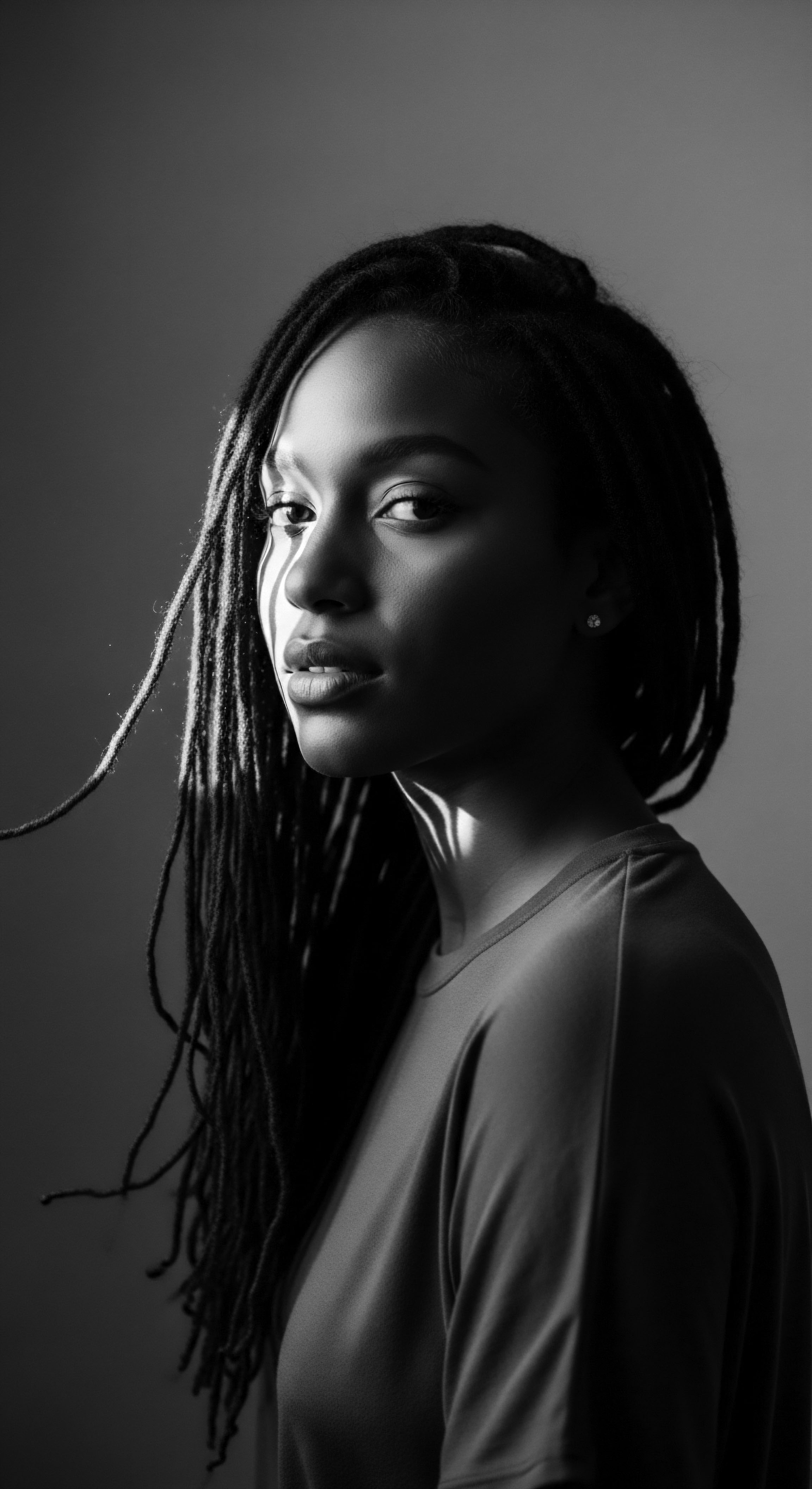
Building Personalized Regimens ❉ Wisdom From the Past
The concept of a personalized hair regimen is not a modern invention. Ancestral communities, keenly observing the responses of hair and scalp to various environmental factors and botanical remedies, crafted individualized approaches. They understood that hair health was intertwined with diet, climate, and lifestyle. Oils became integral to these tailored practices.
In many African societies, the consistent application of locally sourced oils like shea butter and castor oil was a cornerstone of maintaining hair in hot, dry conditions. These oils provided a protective barrier and locked in hydration. The traditional Indian Ayurvedic practice of shiro abhyanga, or scalp oiling, dating back over 5,000 years, utilized herbal-infused oils such as amla , bhringraj , and neem . This ritual aimed not only for cosmetic benefits but also for balancing the body’s energies, relieving stress, and improving sleep. Such practices highlight a comprehensive view of hair health, recognizing its deep connection to overall wellness.
This enduring wisdom persisted, even through periods of immense disruption. During the transatlantic slave trade, enslaved Africans, stripped of their traditional tools and familiar environments, had to adapt. They improvised with whatever was available—bacon grease, butter, and sometimes even kerosene—to maintain some semblance of their hair care practices, reflecting an innate understanding of hair’s need for lubrication and protection in harsh conditions. This adaptation underscores the deep-seated knowledge of oils’ functional roles, even when the preferred, traditional ingredients were out of reach.

The Nighttime Sanctuary ❉ Guarding Hair in Rest
The hours of rest present both an opportunity and a challenge for textured hair. Without protection, movement against pillows can lead to friction, breakage, and loss of precious moisture. Ancestral communities, long before the advent of satin pillowcases, devised methods to safeguard hair during sleep. Headwraps, scarves, and later, bonnets, became essential components of nighttime rituals.
Oils played a crucial supporting role. A light application of oil before wrapping hair sealed in moisture, allowing the strands to remain hydrated and flexible through the night. This ritual ensured that hair retained its integrity, preventing tangles and breakage, and extending the life of meticulously crafted styles. The practice of covering hair at night, common among Black women, is often a tradition passed down through generations, emphasizing the priority of hair health and style preservation.

What Long-Held Practices Continue to Serve Hair Health?
Many historical practices continue to offer potent solutions for hair health today. The traditional oiling of the scalp and strands provides deep hydration. It minimizes dryness, flakiness, and irritation. For instance, coconut oil is a common choice.
When warmed and applied, it can offer substantial moisture. For highly coiled hair, steaming before application can enhance hydration. Avocado oil is another oil capable of penetrating the hair shaft. It provides strength and reduces breakage.
It serves well as a pre-shampoo treatment or a deep conditioning mask. These insights, refined over countless generations, validate modern scientific understanding of how oils interact with hair at a molecular level.
| Hair Concern Dryness and Brittleness |
| Historical Oil/Butter Utilized Shea Butter, Coconut Oil |
| Traditional Application/Benefit Seals moisture, softens strands, provides a protective barrier. |
| Hair Concern Scalp Irritation/Dandruff |
| Historical Oil/Butter Utilized Neem Oil (Ayurveda), Castor Oil |
| Traditional Application/Benefit Soothes scalp, provides antibacterial properties, promotes overall scalp health. |
| Hair Concern Breakage/Weakness |
| Historical Oil/Butter Utilized Avocado Oil, Bhringraj Oil (Ayurveda) |
| Traditional Application/Benefit Strengthens hair fibers, reduces shedding, supports follicle vitality. |
| Hair Concern Slow Hair Growth |
| Historical Oil/Butter Utilized Rosemary Oil, Amla Oil (Ayurveda), Batana Oil |
| Traditional Application/Benefit Stimulates circulation, nourishes follicles, encourages stronger hair. |
| Hair Concern These traditional applications showcase a deep understanding of natural remedies for maintaining hair's health and strength over time. |
The influence of ancestral wellness philosophies on hair care cannot be overstated. Hair was, and for many still is, a sacred extension of the self, a conduit for spiritual connection and a marker of vitality. Care routines, including oiling, were not merely about physical appearance. They were acts of reverence, embodying self-respect and connection to one’s lineage.
This holistic view meant that problems with hair were often seen as reflections of deeper imbalances within the body or spirit, leading to remedies that addressed the whole person. This ancestral wisdom continues to guide many contemporary textured hair care practices, emphasizing balance, natural ingredients, and mindful routines over quick fixes.
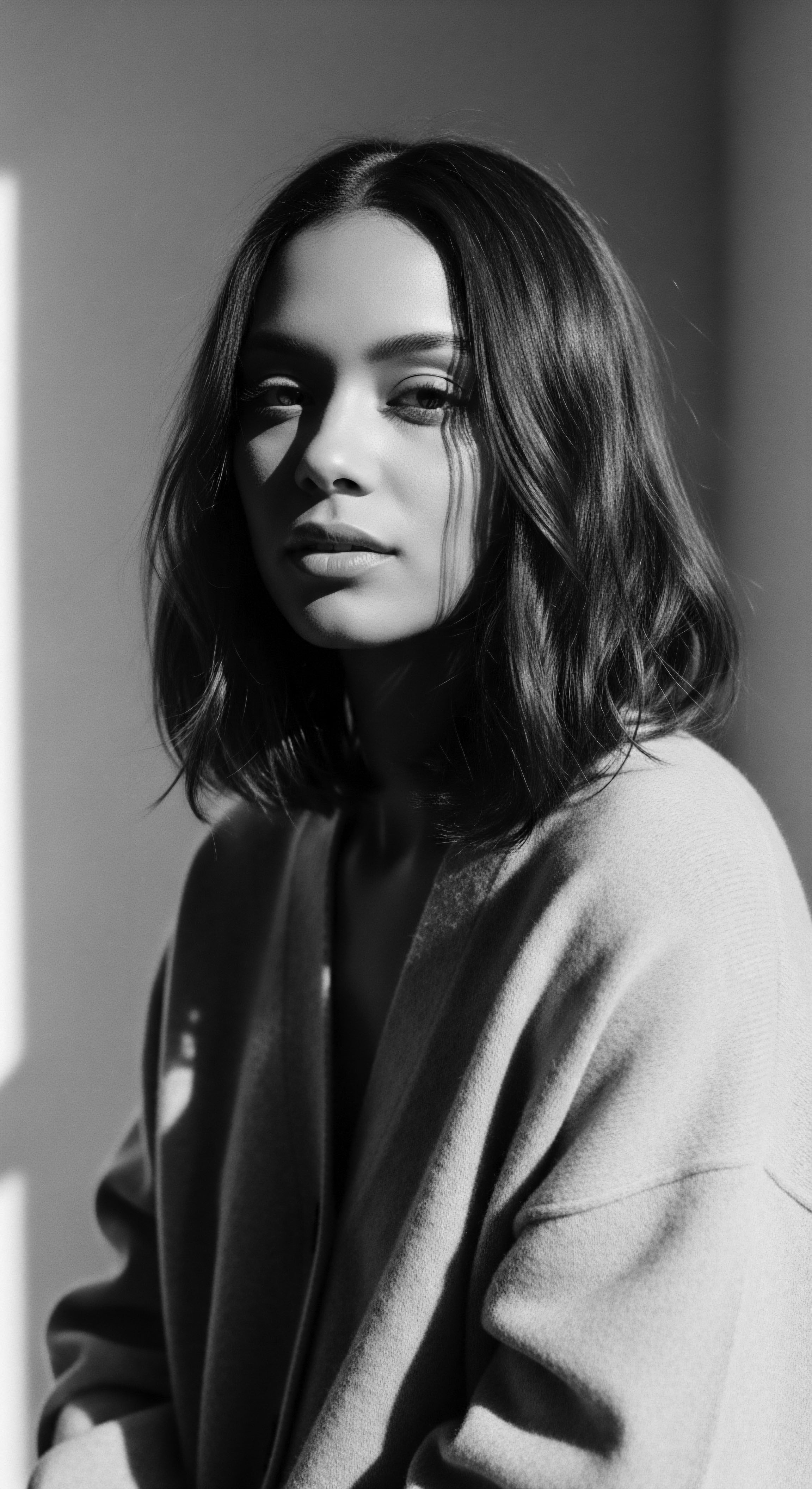
Reflection
The journey through historical oils and their enduring roles in preserving and styling textured hair reveals a profound truth ❉ hair is a living, breathing archive. Each coil, each strand, carries within it the echoes of ancient hands, the wisdom of passed-down practices, and the silent strength of communities across continents. These oils, humble gifts from the earth, were more than conditioners; they were protectors, cultural symbols, and tangible links to a heritage that resisted erasure and adapted with grace. They whisper stories of resilience, of resourcefulness, and of an unyielding connection to self and community.
The care rituals, steeped in ancestral wisdom, shaped not only the physical appearance of hair but also the spirit of those who wore it. From the communal oiling sessions that strengthened social ties to the precise application for ceremonial styles, oils were threads of continuity. They remind us that the ‘Soul of a Strand’ is not a mere concept; it is a profound testament to the enduring legacy of textured hair, a vibrant library of inherited knowledge, beauty, and boundless spirit. To care for our hair with this understanding is to participate in an ancient, ongoing conversation, honoring the past as we step into the future.
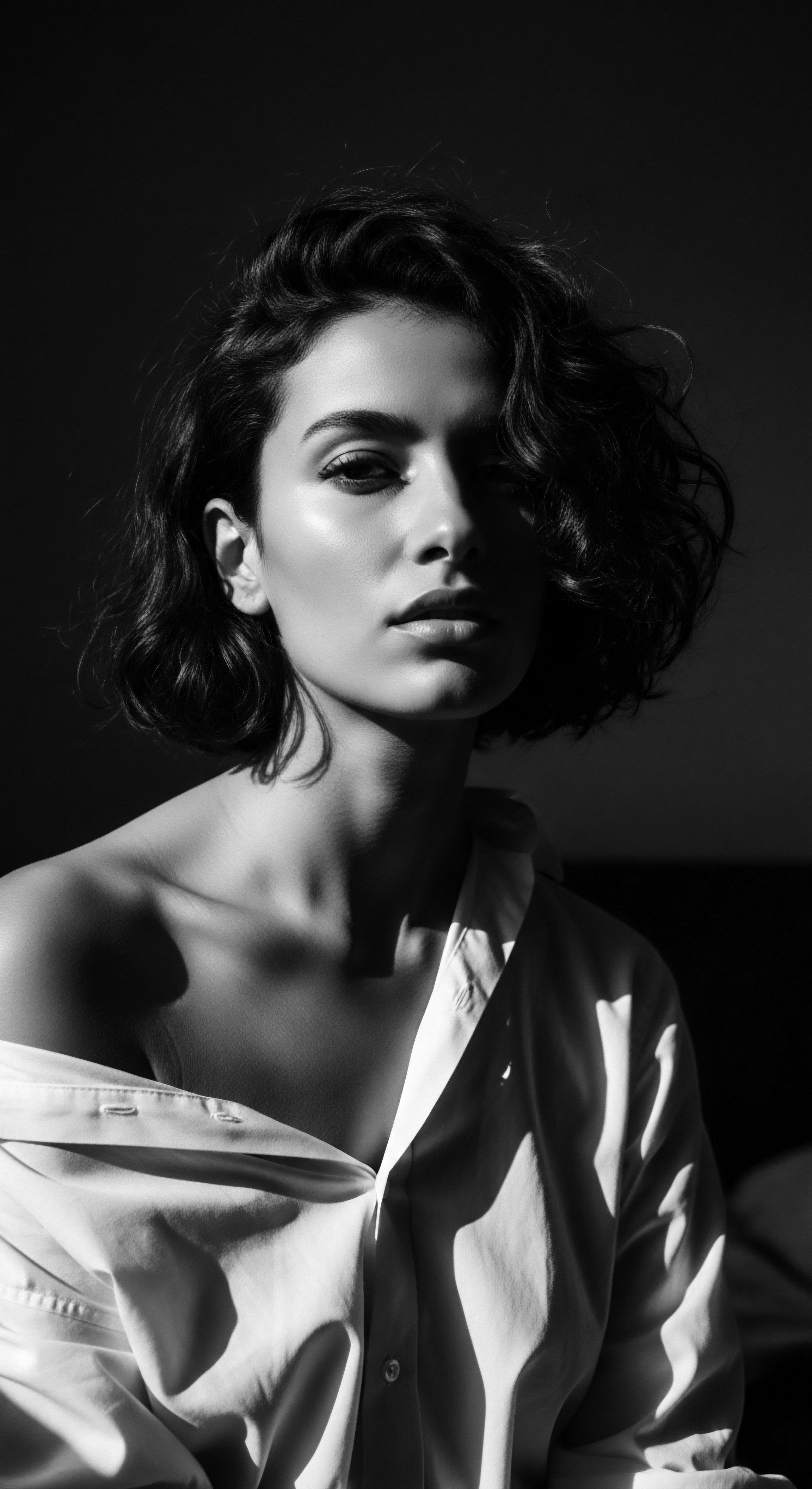
References
- Byrd, A. & Tharps, L. L. (2001). Hair Story ❉ Untangling the Roots of Black Hair in America. St. Martin’s Griffin.
- Dabiri, E. (2019). Twisted ❉ The Tangled History of Black Hair Culture. Harper Perennial.
- Ellington, T. & Underwood, J. L. (2020). Textures ❉ The History and Art of Black Hair. Hirmer Publishers.
- Davis-Sivasothy, A. (2011). The Science of Black Hair ❉ A Comprehensive Guide to Textured Hair Care. Sistas With Real Hair Media.
- Robbins, C. R. (2012). Chemical and Physical Behavior of Human Hair. Springer.
